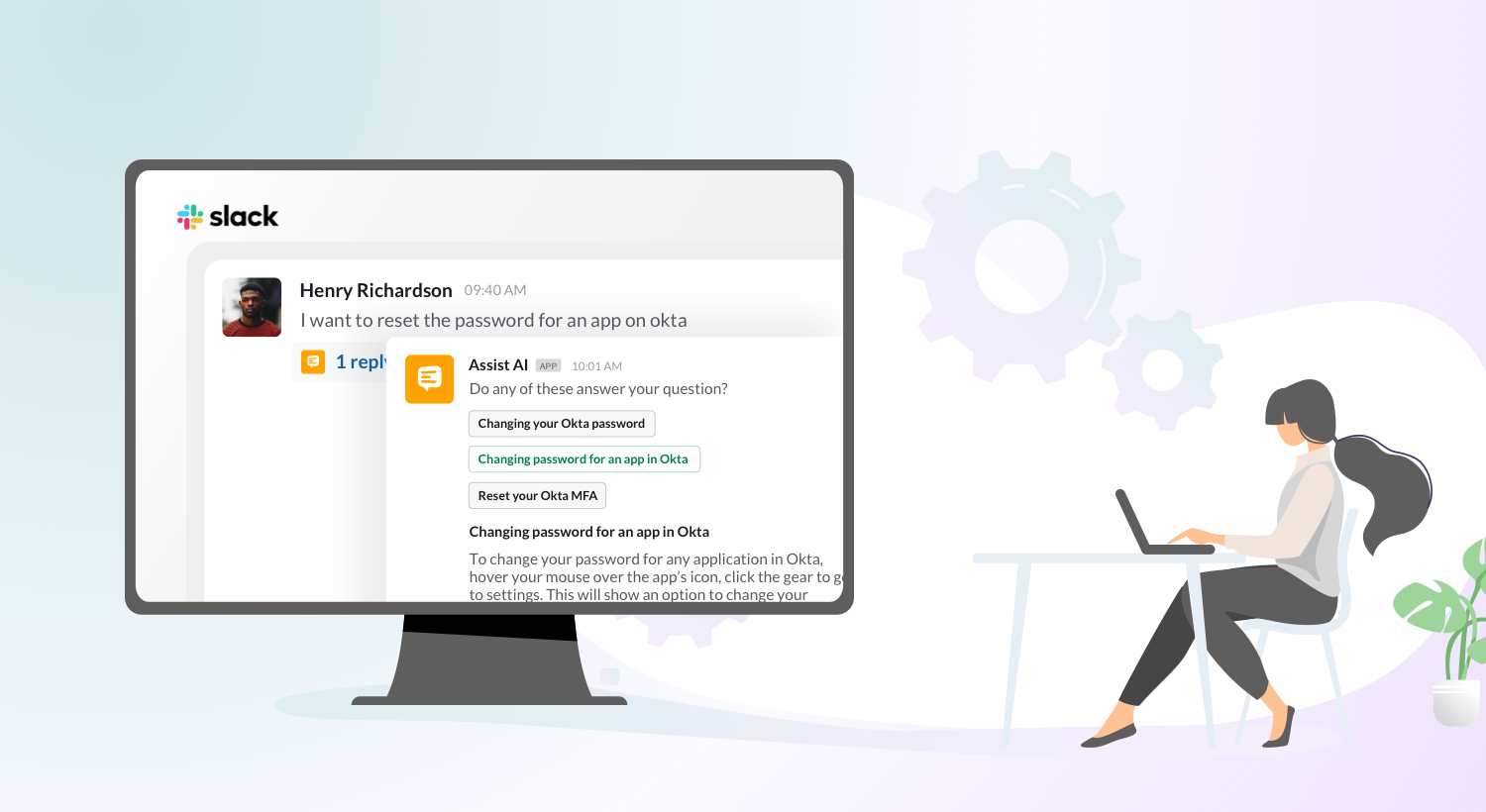Over the past decade, we have seen an exponential rise in chatbot usage and automation by companies for customer service and other use cases. We also have seen the rise of virtual assistants like Amazon’s Alexa, Microsoft Cortana, Apple’s Siri, and the countless Slack and Facebook Messenger bots.
However, are they always the perfect solutions? In the real world, not always. There are several reasons a chatbot may not perform as intended and that can lead to losing customers and valuable business. However, these can be fixed with easy, actionable solutions.
1. Not identifying the customer’s use case
A chatbot may not be a one-size-fits-all solution for every business. Businesses often make the mistake of choosing the wrong type of chatbot without considering their needs and use case. In these cases, the chatbot does not prove to be advantageous to the business, causes repeated dead-ends for customers, and results in hemorrhaged money.

You can fix it by carefully choosing the right kind of chatbot after understanding what your use case and business requirements are. This way, you can extract the maximum value from the implemented solution.
2. Not understanding customer emotion and intent
It is as important to express empathy via conversational AI to customers as it is to solve their problems. Users may be approaching the chatbot in a frustrated state, so when the chatbot fails to understand the customer queries, the situation is bound to get worse.
While it is not possible yet to train bots to understand and act on human emotions, you can fix it by laying out and clearing labeling intents using stronger decision-trees or machine learning (ML), Natural Language Understanding, and Natural Language Processing (NLP). This way, you can come as close as possible to interpreting the customer’s emotions and requests.
Read more: Chatbot Design: How to Humanize Your Chatbot
3. The chatbot lacks transparency
Bot failure and customer frustration are often brought about by not making it clear to a customer that they are interacting with a bot and not a human agent. This can skew customer expectations and cause a poor user experience.
You can fix it by being transparent about using a bot. It can be indicated at the beginning of the chat script along with the assurance that they have the option of switching to a human conversation if they want to. This way, the customer is aware of who they are conversing with and your business will see higher retention.
4. When customers prefer human agents
Chatbots are making great advancements and we are more and more likely to use them. However, most of us still feel most comfortable with human agents over a bot. 54% of US customers choose to communicate more with human customer support agents than with chatbots.
You can fix it by redirecting customers to a human agent when required. While chatbots reduce the load on the customer service agents by answering FAQs, it is vital to provide the option for human intervention. This way, customers will feel more at ease knowing that human help is just a click away.
5. Not able to address personalized customer issues
Chatbots are mostly trained to answer customer FAQs and function based on what information they have been provided using artificial intelligence (AI) and ML. But they are often at a loss when it comes to resolving specific personalized queries.

You can fix it by giving the bot additional training to provide specific answers. This would require regular upkeep and human intervention to identify and understand what the users need, leading to happier and satisfied customers.
6. Lacking data collection and analysis functions
One major reason why chatbots fail is that we forget to regularly analyze them to improve their functioning. The work is not done once it’s launched.
You can fix it by scheduling regular check-ins to see how the chatbot is performing. First-generation bots need to be worked on. Collecting data and matching it against success metrics can help improve conversation flow, customer satisfaction, and the overall effectiveness of this relatively new technology.
7. Not aligning with the brand
Often, the chatbot’s look and conversational personality do not match that of the brand. This can make the customers feel disconnected from the business and ultimately lead to a bad customer experience.
You can fix this by crafting a script and looking for a chatbot that aligns with the brand. This can be achieved by understanding what customers expect, charting out your brand persona, and using appropriate phrases and media elements.
Chatbots: A Game-Changer If Used Right
Chatbots have the potential to take your customer service operations to greater heights. But, if not implemented correctly, they can lead to lower customer satisfaction and losses for your business. To learn more about how to implement chatbots right and how to avoid failures, schedule a one-on-one call with our product experts.








